
October 13, 2022: Theatre Yesterday and Today, by Ron Fassler
In yesterday’s column, I chronicled the late Angela Lansbury’s first twenty years as a film, television and stage actress (you can read it here). It brought her to the triumph of playing Mame on Broadway in 1966, for which she would forever be branded a musical comedy star of the first rank, a role she never relinquished. Even though she was thirty-nine, it heralded the arrival of a new star (show business is funny that way) and she won the Tony Award, her first of many. She also stayed with the Broadway company of Mame for two years, relatively unheard of today.
To follow it up, in late 1968, she joined forces once again with composer-lyricist Jerry Herman for a musical version of Jean Giraudoux’s The Madwoman of Chaillot, which had been a Broadway hit twenty years earlier. It's the story of the only slightly mad Countess Aurelia, a wealthy woman of indeterminate years, who plots against the industrialists who, out of corruption and greed, plan to destroy parts of her beloved Paris. It’s a piece that's fanciful and poetic and needs a very light touch, which is what Jerry Herman originally envisioned, but nothing like the overblown big time Broadway musical towards which producer Alexander Cohen was dead set. Titled Dear World it had a far bumpier ride out of town than the one Mame easily rode, even though it reunited a slew of people associated with it (book writers Jerome Lawrence and Robert E. Lee, actress Jane Connell, musical director Donald Pippin and orchestrator Philip J. Lang). It enlisted no less than three different directors and two choreographers before it limped into town where it played a then unheard of fifty-seven preview performances (seven weeks) before opening to poor reviews. Author Ken Mandelbaum puts it best in his essential book, Not Since Carrie: Forty Years of Broadway Musical Flops, when he writes: “In later years, Lansbury chose to blame the failure of Dear World on her very presence in it, maintaining that her public had not wished to see her playing an old and unglamorous lady. But she was wrong. Lansbury was the one great thing about the show. Make that Lansbury and the logo.”


Lansbury did maintain that Dear World was "one of Jerry's great, great scores" and she won her second Leading Actress in a Musical Tony for it, even though the show closed a month later. In that year of 1969, I was at the very beginning of my teenage theatre going and I wish I had hurried up a little because I know it would have been memorable. If you take the time to listen to the original cast recording, as I have, it’s filled with treasures in its lush Jerry Herman ballads, rich orchestrations and the same style of freakishly talented men and women in the chorus, reminding you of how Herman’s Dolly and Mame sounded. Even Dear World's bad songs, of which the title tune is one, at least sounds great and features Lansbury in perhaps the finest singing of any of the classic roles she essayed on Broadway ("my absolute best," she called it). Here she is on The Julie Andrews Hour in 1973 where she sings one of the Countess’s songs. Seated in a chair, posture perfect, this is the epitome of an actor/singer at their finest:
Fact: Jerry Herman wrote this song in one night while Dear World was struggling out of town.
And Dear World's trevails were nothing compared to the next musical Lansbury chose, Jule Styne and Bob Merrill's Prettybelle (and believe me, this was no Funny Girl). Based upon Jean Arnold's The Rape of Prettybelle and set in the Deep South, Lansbury starred as a sheriff's wife who, upon the rise of the curtain, is writing her memoirs, "a lively tale of rape and resurrection" from the confines of a mental institution. Though later describing it as "a complete and utter fiasco" and her performance as "awful," there are those who saw it who, to this day, claim she would have won another Tony for it had it not closed in Boston prior to its Broadway opening. With songs like ""New Orleans Poon," you might be surprised that Lansbury and company got together eleven years later and recorded an album (damn if "New Orleans Poon" isn't on it). For those with brave curiosity, here's Lansbury with the show's first song, "Manic Depressive."
There were a couple of films Lansbury starred in during the 1970s. Harold Prince, making his debut as a film director, cast Lansbury and Michael York in Something for Everyone, which was mostly not for everyone. Released in 1970, it prompted the tart remark from film critic Pauline Kael that "this picture has been made as if the director had never seen a movie." Lansbury fared better with the Disney film Bedknobs and Broomsticks (1971), an attempt to rekindle the flame that set Mary Poppins on fire at the box office (only it didn’t). Almost set up for failure, it duplicated Poppins's British setting, combination of live action with animation, and the casting of Mr. Banks himself, David Tomlinson. In 1978, Lansbury was well cast in the Agatha Christie all-star mystery Death on the Nile, which led to her playing Christie's old lady detective Miss Marple in The Mirror Crack'd (alongside her dear friend and National Velvet co-star, Elizabeth Taylor). Of course, Lansbury was a fit fifty-five at the time. The same acerbic Pauline Kael labeled Lansbury “a picture redeemer,” due to her ability to spark anything to which she lent her distinctive talents.
Lansbury also spent a good amount of time on the British stage in the 70s. She premiered Edward Albee's All Over, a flop when it played New York, at the Royal Shakespeare Company in 1972 to excellent reviews (for her, not so much the play). In May of 1973, after first saying no due to a feeling it wasn't right for her, she thankfully agreed to play Rose in Styne and Sondheim's Gypsy (Elaine Stritch had been cast but her name wasn't enough to raise the money). Its direction came from Gypsy's book writer, Arthur Laurents, in what would be its London premiere thirteen years after the original production. Creating quite a stir and after playing it nearly a year, Lansbury toured the U.S. with it for six months before finally bringing it to the Winter Garden, the theatre she had made her great success in as Mame.
Ethel Merman may have belted Rose stronger, but Lansbury acted the hell out of it. And when it came to the great musical soliloquy at the show's end, a major change was instituted by way of an idea Laurents wanted to try, which Lansbury described to Playbill in an interview in 2020:
"When you're doing 'Rose's Turn,' you're telling the story of this woman, the horrific kind of loss of the opportunity to make something of her life. She never made it. She never got the applause. She never arrived at the point that her daughter has. She never got the ovations. And that's why that moment at the end where she is acknowledging an unseen audience and there is total silence [is so important]. To her that is the moment where she is accepted and given the ovation that she has been living for all her life. So that is one of the great, great moments in musical theatre. ... That moment—of the unseen audience, the silent audience—was nonexistent in the original production with Ethel Merman."
So here's a special treat. For the finale of the 1975 Tony Awards, Lansbury performed a portion of "Everything's Coming Up Roses." Ignore the oddball ghosts that arrive at the end (a salute to the Winter Garden Theatre was the Tonys theme that year) and revel in this sterling rendition, a glimpse at what this extraordinary actress-singer achieved in one of musical theatre's greatest roles.
Looks like we're heading for a Part Three... Nellie Lovett and Madame Arcati (two more Tonys), a singing teapot, and a little TV show called Murder, She Wrote. Stay tuned.
If you enjoy these columns, check out Up in the Cheap Seats: A Historical Memoir of Broadway, available at Amazon.com in hardcover, softcover and e-book. Also, please follow me here on Scrollstack and feel free to email me with comments or questions at Ron@ronfassler.org.

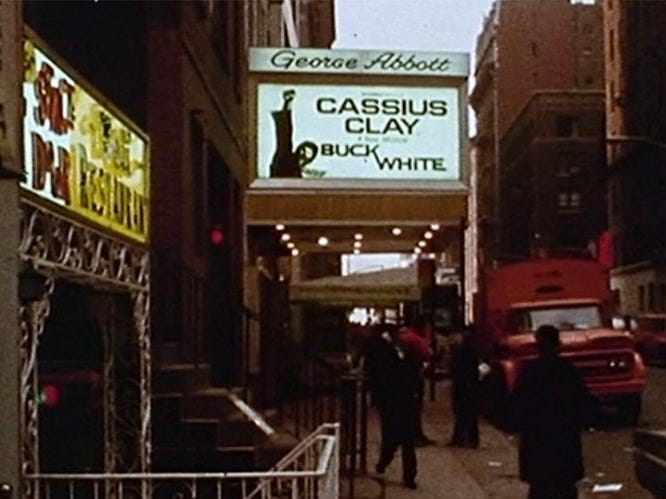

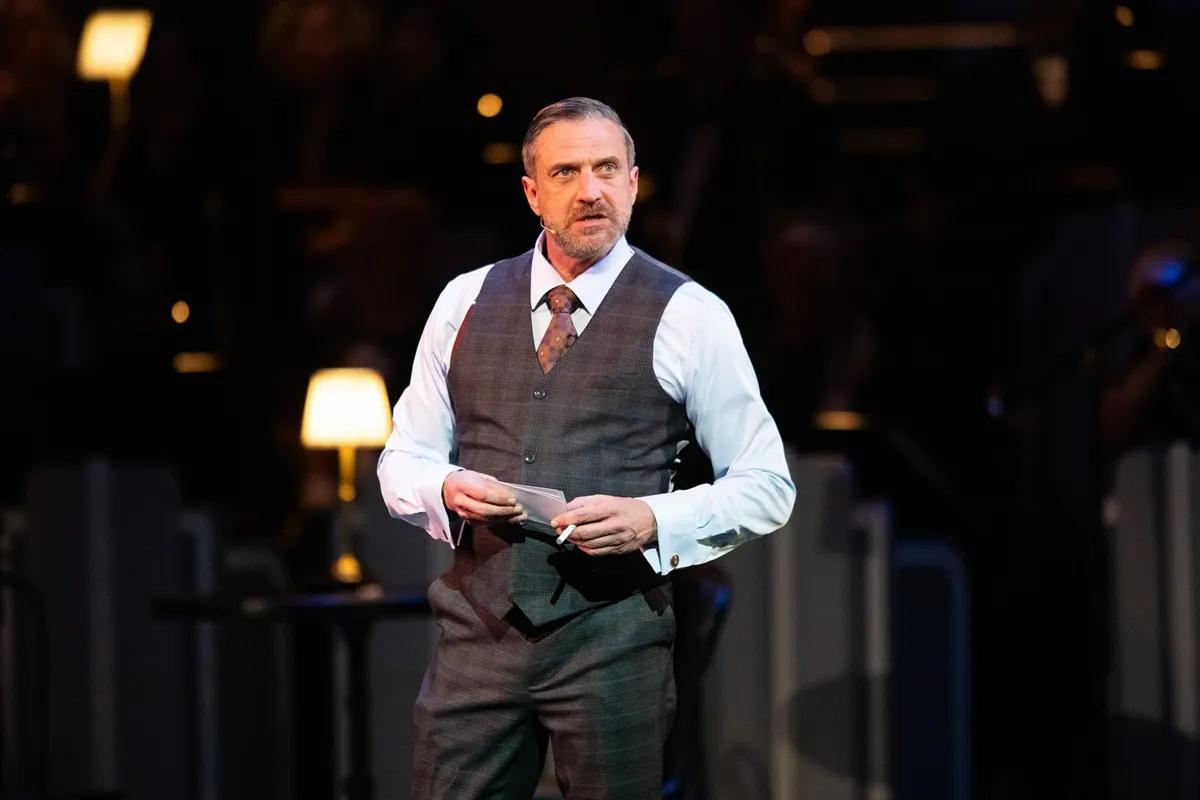

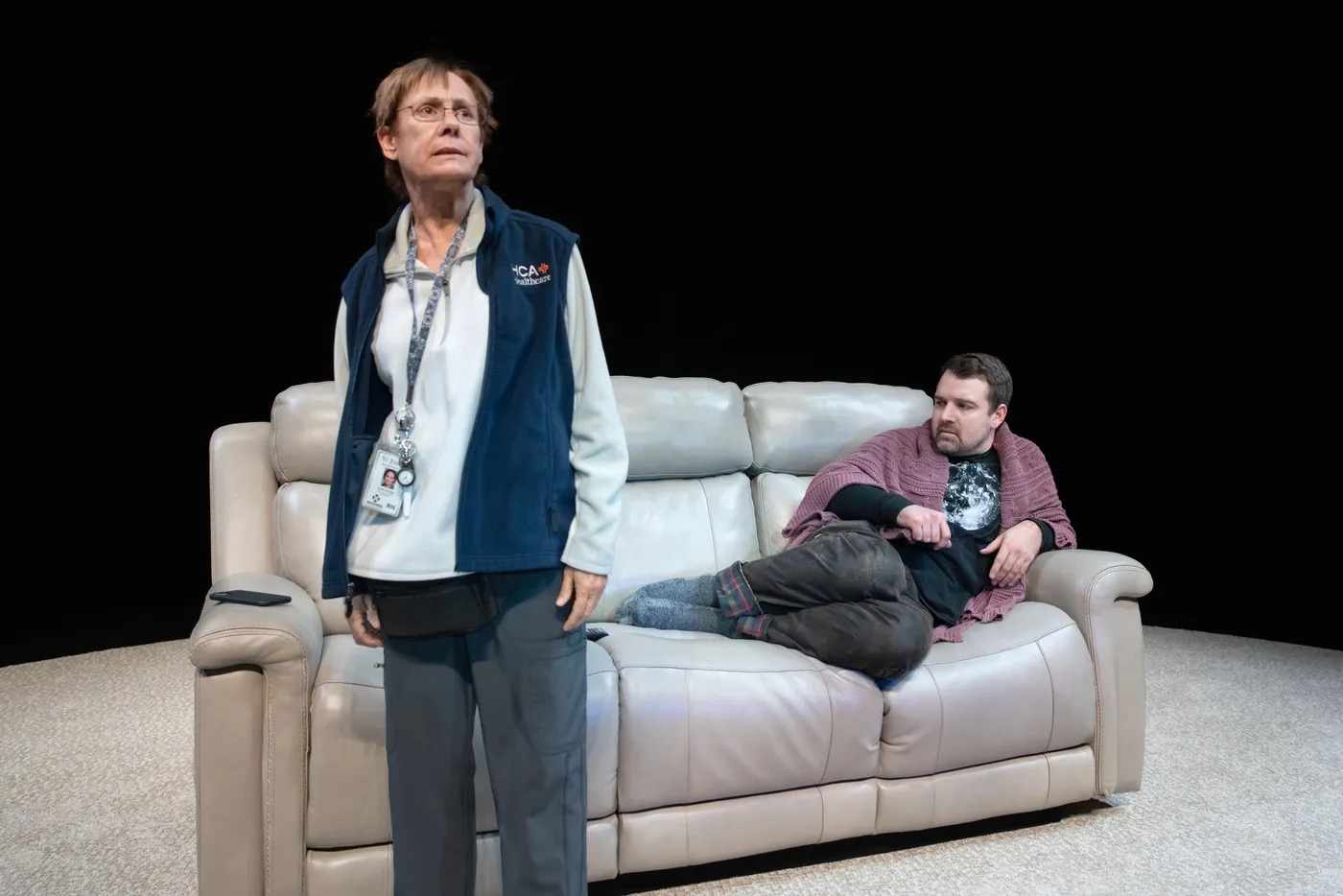


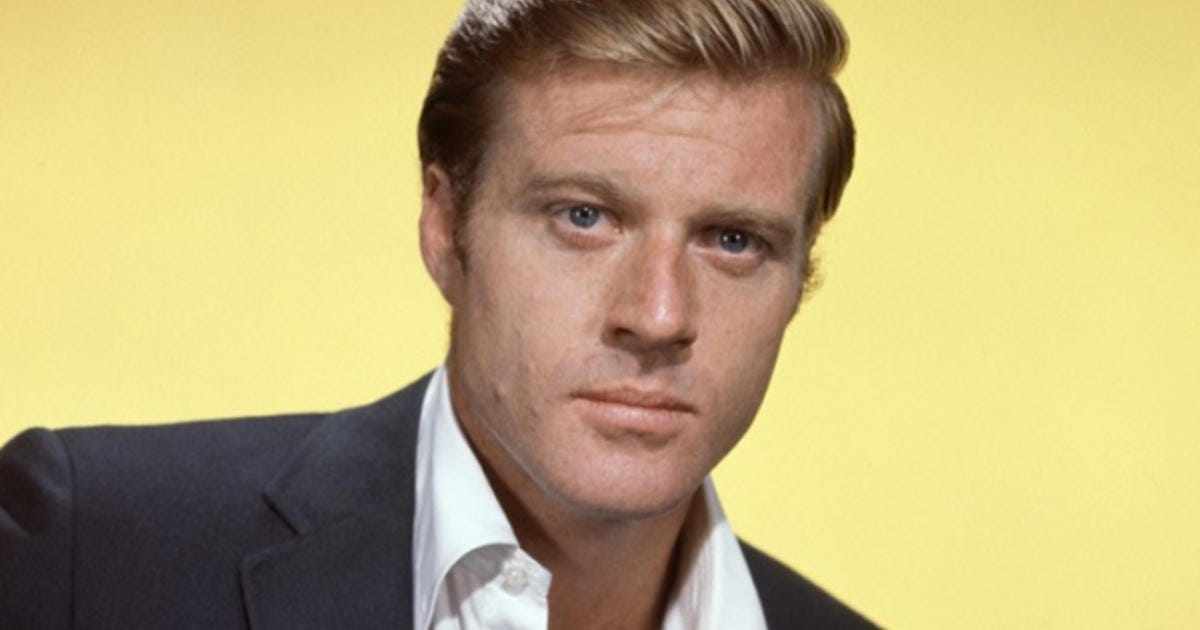
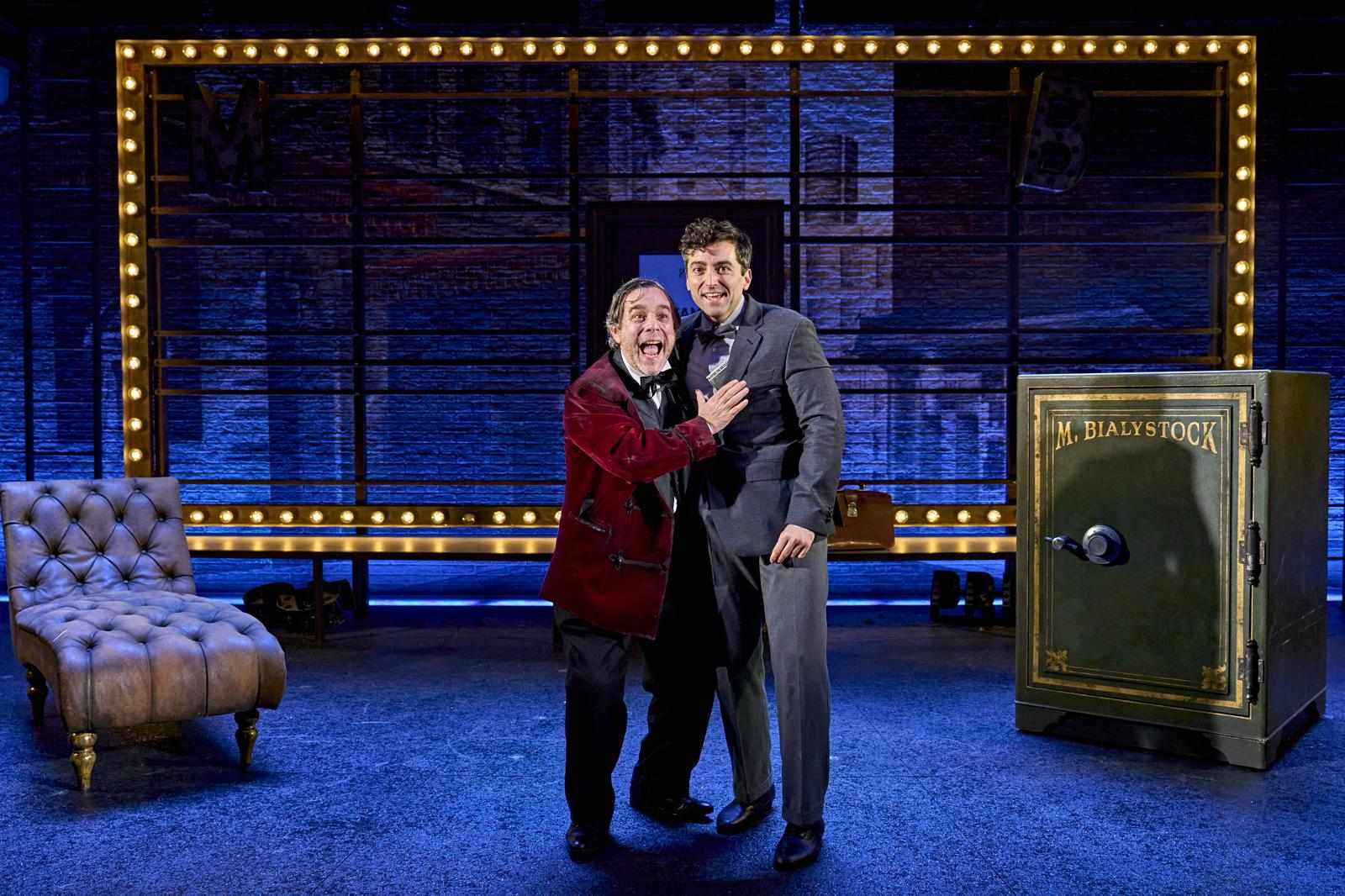
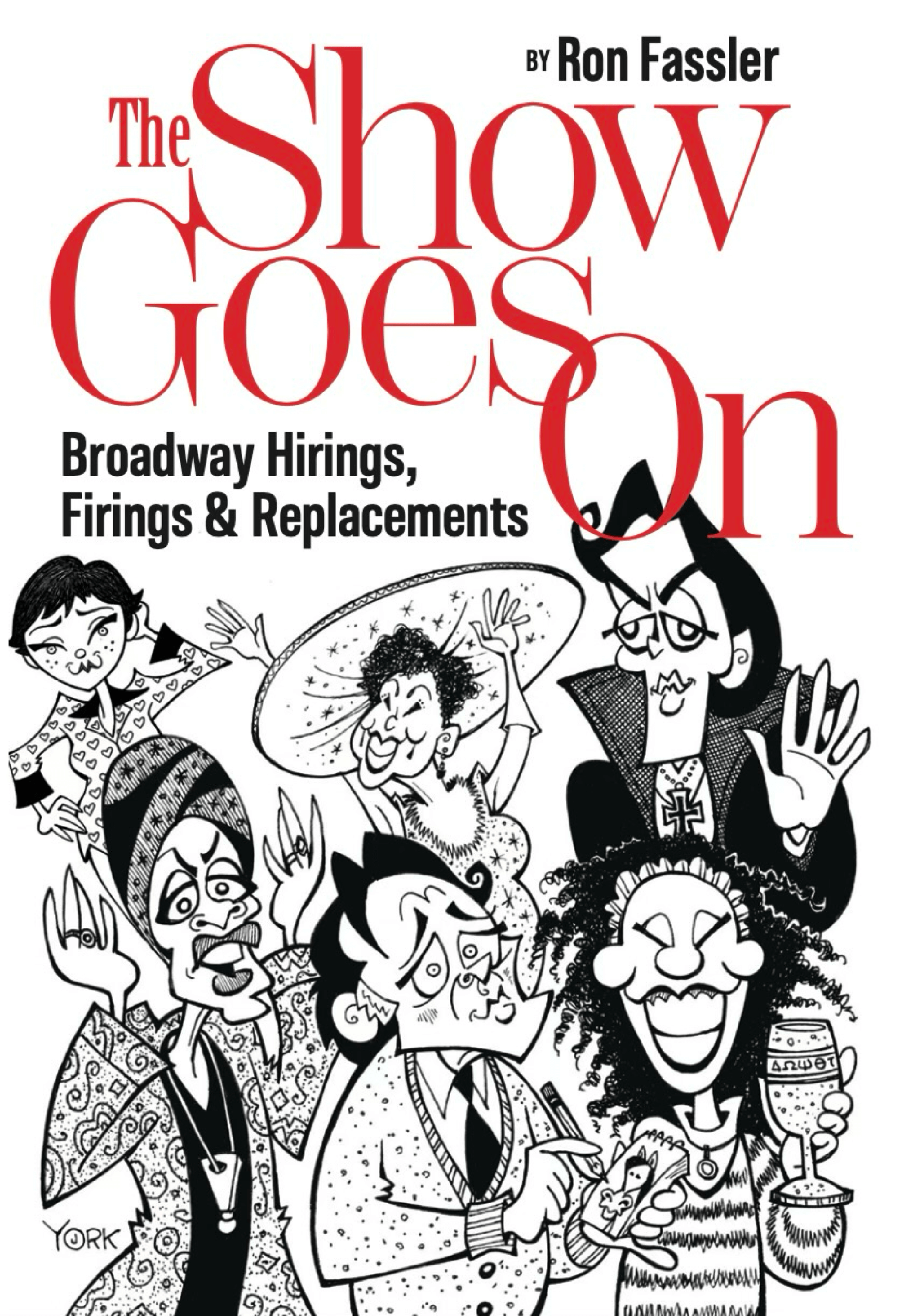

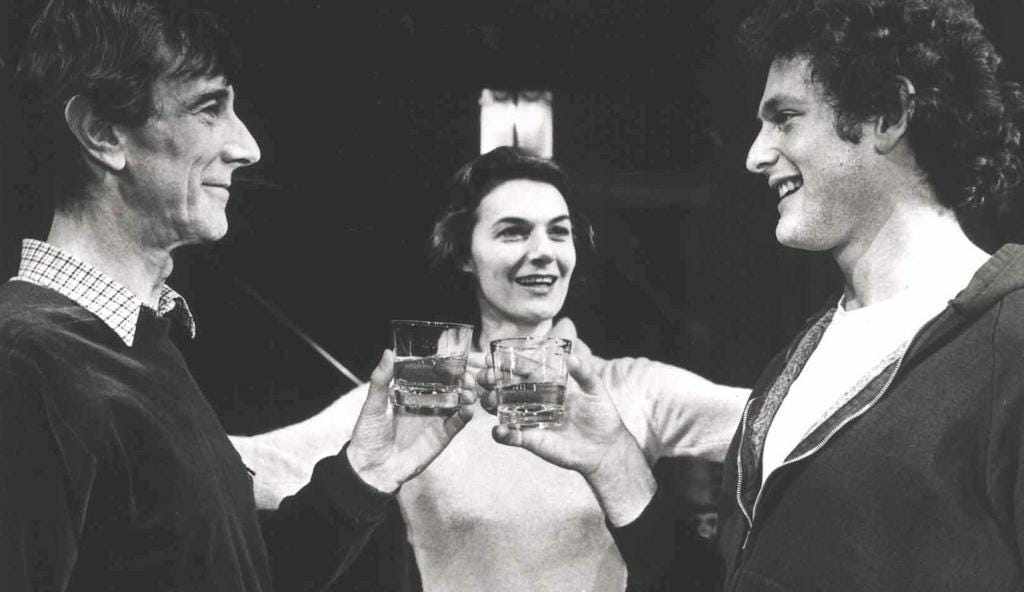





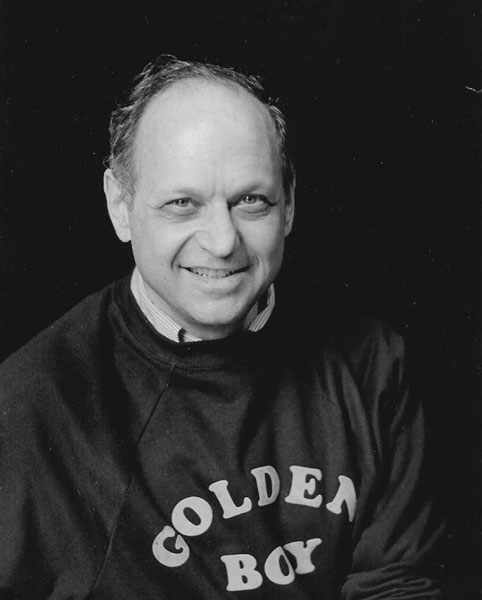


Write a comment ...